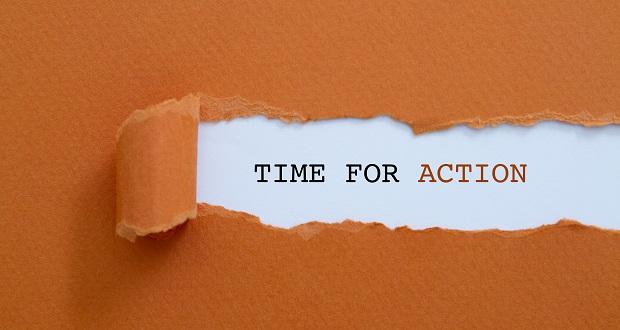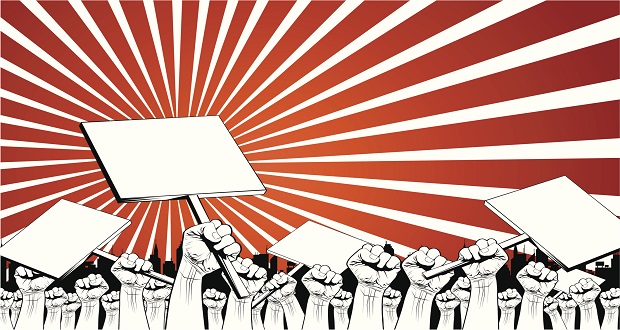
When we kicked off the “Let’s Get Practical” series, it was in response to a common sentiment we’ve heard from clients and colleagues, alike, after they’d experienced new learning around diversity, equity, and inclusion (DEI): “What can I do now?”
We get it. Equity and inclusion can sometimes feel like abstract concepts—and when met with altruistic intentions and a greater sense of urgency to “make a difference,” action can feel overwhelming, and meaningful impact can seem out of reach. That is why understanding our sphere of influence is so critical when identifying the ways in which we can effect change and make inclusion and equity real…practical.
While equity is certainly an outcome of systematic policies and practices, much broader cultural and social norms, and barriers that are rooted in a history that many of us have not experienced directly—it [equity] still relies on the incremental shifts, inter- and intrapersonal dynamics, and individual level behaviors that we engage in and influence daily. I share often in sessions that: Systems do not come to exist out of thin air. They certainly don’t just appear on their own. People create systems. People influence systems. And those same people are a sum of their identities, power, privilege, experiences, biases, and so much more. As individuals, we hold so much more power to influence equity and inclusion then we truly give ourselves credit—or own accountability—for. Inclusion Starts with “I” is more than just a catchy phrase; it’s an affirmation that each of us owns a part in fostering equity and inclusion. The “practical stuff,” is a by-product of all that we begin to learn and understand about ourselves in the context of the systems we exist in.
Systems do not come to exist out of thin air. People create systems. People influence systems. And those same people are a sum of their identities, power, privilege, experiences, biases, and so much more. Share on XThe more we know about ourselves and others, the more conscientious we can be about the language we use. In the first installment of this series, we offered tactics for talking about DEI work and each other. We offered alternatives to words that can unknowingly perpetuate exclusion and assimilation, like “cultural fit” and “executive presence.” Sure, language and the words we use might seem menial in the grand scheme of things, but as Caroline Belden shared, “Words have the power to inspire, to shut down, to create and overcome conflict, but perhaps most importantly, words can invite us into alternative imaginations, new possibilities for how the world could and should look.”
The more we know about ourselves and others, the more intentional we can be in curating spaces where people embodying various differences can experience the freedom and belonging necessary to be their whole and best selves. That might include rotating note-taking responsibilities among team members or distributing materials in advance to honor various processing and thinking styles. It might look like monitoring air time and building in new ways for people to engage in meetings and events, all things we explored in the second post in this series.
The more we know about ourselves, others, and our organizational systems, the more empowered we will be in addressing complex issues like pay inequity. In the third installment of this series, Mary-Frances Winters offered practical approaches to auditing, understanding differences in negotiation styles, and tactics for owning one’s own personal agency when engaging in salary related conversations. “Know your worth” might sound cliché–but that’s also part of the intra-personal “work.”
The more we know, the greater our capacity to design, facilitate, and evaluate programs and experiences that are intended to create transformation. We explored these areas throughout this series and learned how we can better ensure accessibility, consider different learning styles, and think like a learner in our conceptualization of curriculum and training design. This is all part of our responsibility as practitioners to “meet people where they are.” And when we’re facilitating dialogue and learning, we’ve also learned that listening inclusively and understanding multi-partiality are critical to our role in creating psychologically safe and brave spaces. Contrary to some mainstream criticism, DEI education and training can work—and if we evaluate and identify metrics appropriately, it is possible to gauge that impact. We continued the series with specific strategies for doing so.
Last but certainly not least, the more we know about ourselves, others, and our organizations, the more success we will have in not only recruiting, but retaining a diverse workforce. Dr. Luiza Dreasher closed out our series by addressing some of the most persistent challenges that organizations face when seeking to diversify their workforce, and offering specific strategies to overcome them.
I am hopeful that this series has sparked something in those who have engaged with it along the way. Inasmuch as I have an affinity for the theoretical underpinnings of this work, I also recognize the need for prescriptive, intentional action. As with [almost] everything else in this space, it’s a ‘both/and.’ We can do the reflective work around understanding ourselves and others—while also actively identifying opportunities to act within our sphere of influence. From my perspective, it is only then that we’ll begin to be and reach the change we want to see.
We can do the reflective work around understanding ourselves and others—while also actively identifying opportunities to act within our sphere of influence. Share on X

















